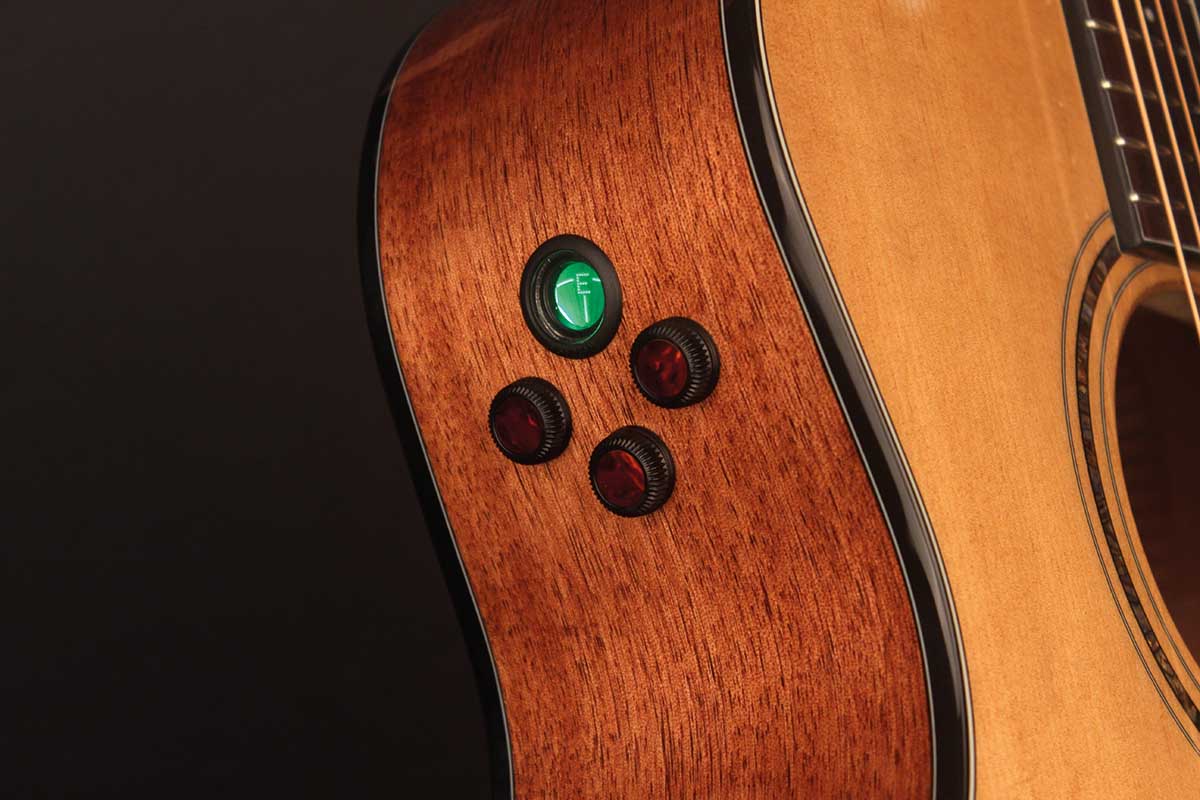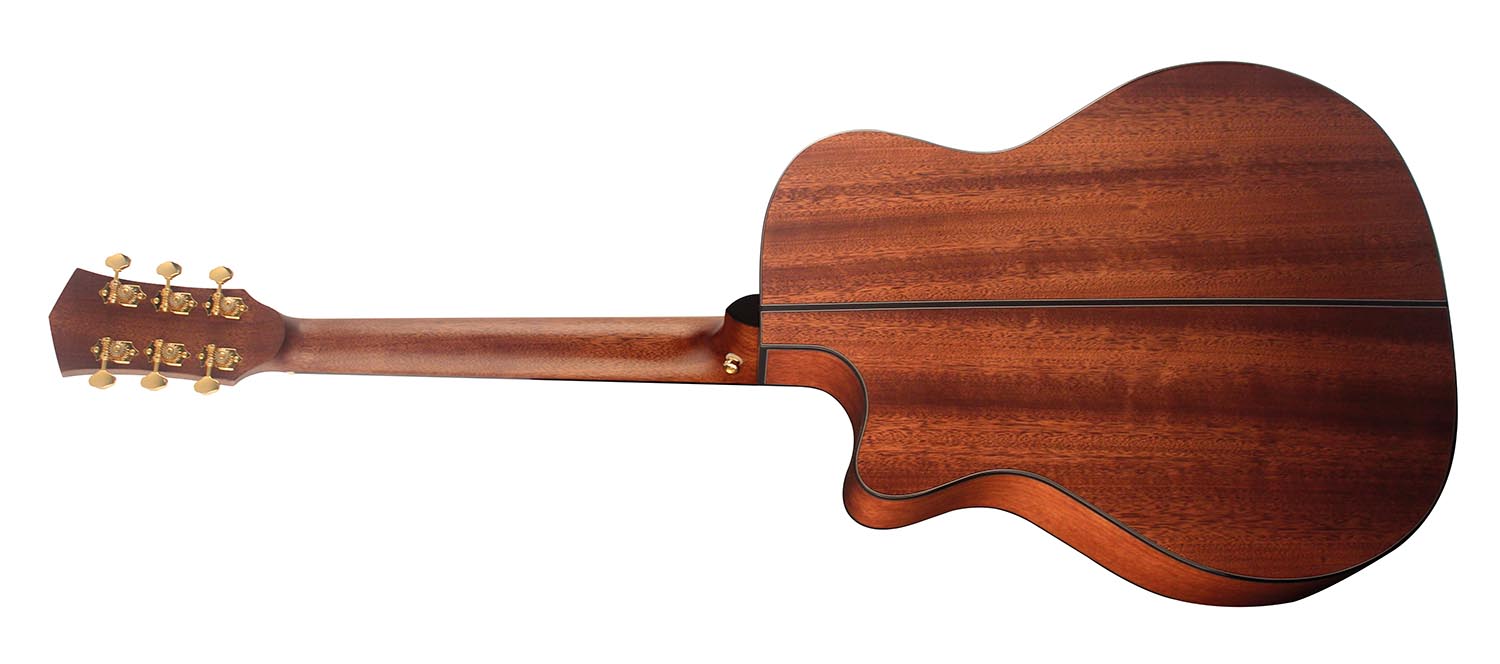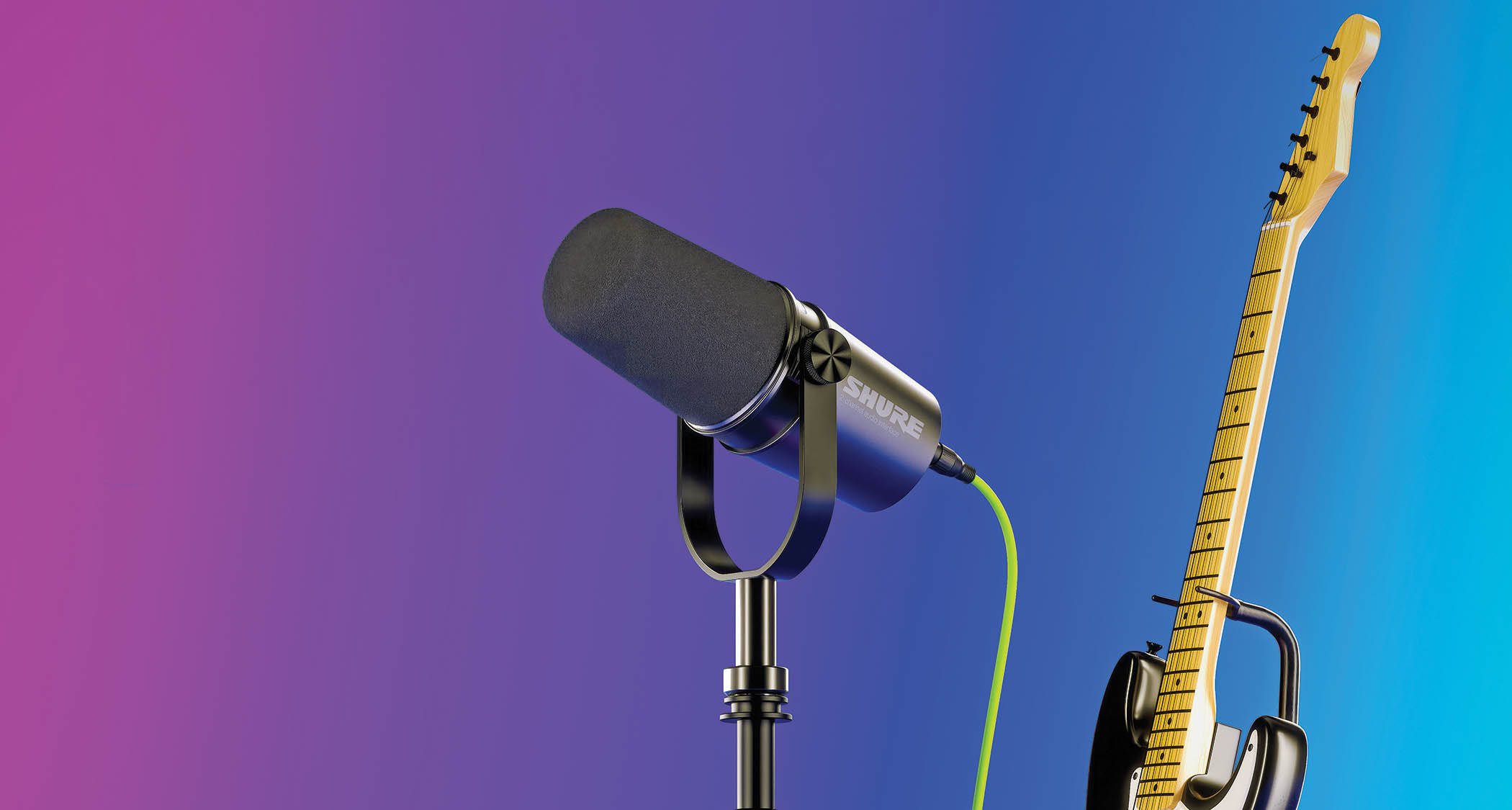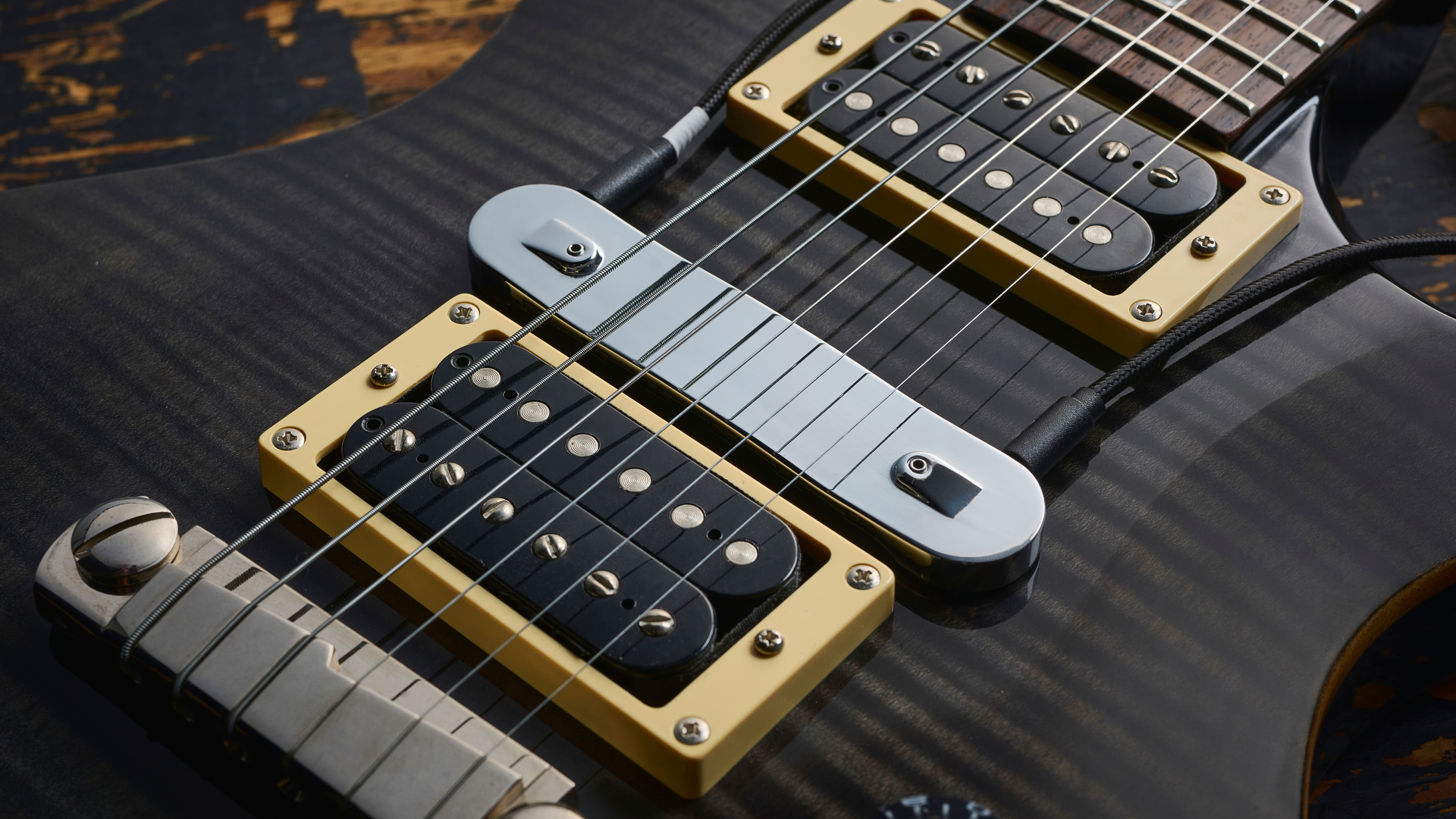Guitar World Verdict
The Cort Gold-A6 with its torrefied top provides the rich, dynamically responsive tone of a vintage-aged acoustic without requiring a huge investment or the patience of waiting for decades.
Pros
- +
Complex, dynamic and vintage-esque acoustic tones.
- +
Quality electronics.
- +
Hand-rolled fingerboard edges.
- +
Very playable.
Cons
- -
May look a little understated for some.
You can trust Guitar World
If you've ever played a vintage acoustic guitar alongside a new acoustic with the same construction and materials, you probably noticed that the vintage guitar sounded a lot more lively, dynamic and sweeter.
Some players claim that the reason is because older guitars are “broken in,” but the simple explanation is that the natural aging process of the wood has enhanced its performance. Fresh cut wood retains vibration-damping moisture, oils and resins that regular kiln drying can’t eliminate entirely, whereas aged wood that has dried naturally makes the material stiffer and lighter, which results in more efficient vibration characteristics.
A process called “torrefaction,” where wood is heated to a specific temperature range in a humidity-free environment, replicates the cell-structure of vintage-aged material. Until recently, torrefied spruce tops were only available on expensive boutique instruments, but Cort has broken the price barrier with its new Gold series acoustics, which feature the company’s “Aged to Vintage” treatment.
We took a look at Cort’s Gold-A6 cutaway Grand Auditorium acoustic-electric guitar to see if its accelerated aging process lived up to its promise.
Features

The Cort Gold-A6 is made from all-solid materials, including a torrefied Sitka spruce top and Okoume (African mahogany) back and sides. The neck is Palaquium (a mahogany equivalent, also known as nato or nyatoh) and features a Macassar ebony fretboard, 20 medium frets, 25.3-inch scale length and a slim C-shape profile.
The neck, which is reinforced with walnut inserts, is attached to the body with a DoubleLock neck joint employing a dovetail joint supported by a bolt, which maximizes tone transference and simplifies future neck resets. The bridge is also Macassar ebony.
Decoration is conservatively understated and includes small mother-of-pearl fretboard dots with a scroll pattern at the 12th fret echoed by similar figures on the bridge, a ring of abalone encircling the soundhole and black binding with triple-ply purfling surrounding the top, back and fretboard. Gold-plated open-gear tuners with butterbean buttons enhance the Gold-A6’s vintage aesthetics.
The built-in electronic system is a Fishman Flex Blend with chromatic tuner and internal electret-condenser cardioid microphone. The controls (tone with phase button, blend and volume with tuner button) and LED tuner display are mounted on the side.

Performance
Cort did an astonishing job in all aspects of the construction of the Gold-A6 model we examined. All of the woods are gorgeous, with the back and sides possessing straight grain patterns and the top having the straight, narrow grain of slow-growth spruce as well as a warm, tan hue courtesy of the torrefaction treatment.
The tone of the Cort Gold-A6 is majestic. The torrefaction treatment combined with an ultra-thin UV finish truly deliver the tone and dynamics of an aged vintage instrument
The fretwork is silky smooth, with rounded edges that enhance playing comfort. The materials and overall attention to detail are simply stunning for an instrument in the sub-$1,000 price range and comparable to acoustics costing four to five times as much.
The tone of the Cort Gold-A6 is majestic. The torrefaction treatment combined with an ultra-thin UV finish truly deliver the tone and dynamics of an aged vintage instrument, possessing a complexity that is unheard of for an instrument in this price range. The resonance has a rich, sustaining “tail” that’s similar to a studio reverb effect, and the tone is well-balanced, with warm, full-bodied midrange, assertive but not overbearing bass, and sparkling treble.
The guitar is satisfyingly responsive when played fingerstyle, but it can also be strummed quite aggressively without overdriving the top. The Fishman Flex Blend is an inspired pairing for an acoustic guitar like this that provides such excellent natural tone. I preferred to adjust the Blend control with a touch more microphone to capture that luscious resonance and the guitar’s harmonically complex overtones.
Specs
- PRICE: $799/£699 (inc padded gigbag)
- ORIGIN: China
- TYPE: Grand auditorium cutaway
- TOP: Torrefied Sitka pruce
- BACK/SIDES: Okoume
- NECK: Palaquium (Nato)
- SCALE LENGTH: 643mm (25.3”)
- TUNERS: Deluxe vintage gold
- NUT/WIDTH: Bone/45mm
- FINGERBOARD: Ovangkol
- FRETS: 20
- BRIDGE/SPACING: Ovangkol/bone saddle/55mm
- ELECTRICS: Fishman Flex Blend
- FINISH: Natural Glossy, Natural Matte
- CONTACT: Cort
Chris is the co-author of Eruption - Conversations with Eddie Van Halen. He is a 40-year music industry veteran who started at Boardwalk Entertainment (Joan Jett, Night Ranger) and Roland US before becoming a guitar journalist in 1991. He has interviewed more than 600 artists, written more than 1,400 product reviews and contributed to Jeff Beck’s Beck 01: Hot Rods and Rock & Roll and Eric Clapton’s Six String Stories.
“Among the most sought-after of all rhythm guitars… a power and projection unsurpassed by any other archtop”: Stromberg has made a long-awaited comeback, and we got our hands on its new Master 400 – a holy grail archtop with a price to match
The heaviest acoustic guitar ever made? Two budding builders craft an acoustic entirely from concrete because they “thought the idea was really funny”












